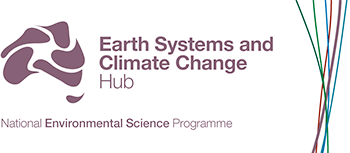Research highlights the importance of including all three major greenhouse gases–not just carbon dioxide–in global and regional climate impact assessments, mitigation options and climate policy development.
Karen Pearce
-
-
-
We’ve made significant steps towards developing a decadal forecasting system and capability to fill the critical gap between seasonal climate predictions and multi-decadal climate projections. We’ve also improved understanding of …
-
We’ve used data collected from ocean monitoring (historical archives, Argo floats and research vessels) to improve understanding of past changes in ocean temperature and salinity. We also used this data …
-
We’ve improved ACCESS’s simulation of important climate processes in the Australasian region, focusing on rainfall and weather extremes, as well as climate variability and change.
-
We’ve improved confidence in projections, particularly rainfall projections; run targeted workshops, presentations and training to better identify user needs and help stakeholders access climate change information; and produced more targeted …
-
We’ve worked with state and federal government and water managers to identify gaps in hydroclimate metrics and improve climate-water modelling, and have developed methods to deliver next generation projections of …
-
We’ve examined historical extreme events and their causes to better understand how, when and where extreme weather events occur. We also assessed the ability of climate models to simulate extreme …
